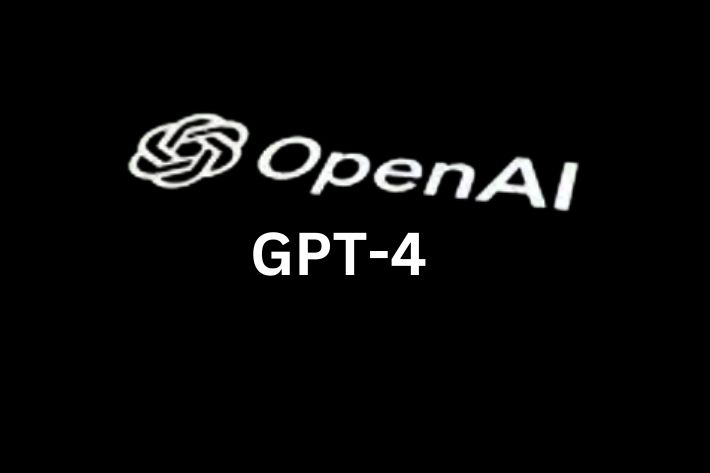Introduction
OpenAI recently announced the development of GPT-4, the next iteration of their AI language model. GPT-4 is set to be the largest and most advanced language model yet, with over 200 billion parameters. In comparison, GPT-3 had 175 billion parameters.
What is GPT-4?
GPT-4 stands for “Generative Pre-trained Transformer 4”. It is an AI language model that is designed to process natural language and generate human-like text. GPT-4 is built on the same transformer architecture as its predecessors, but with significant improvements in terms of the number of parameters and the complexity of the model. This means that GPT-4 has the potential to generate more complex and nuanced text than its predecessors.
What are the Features of GPT-4?
According to OpenAI, GPT-4 has several unique features that distinguish it from its predecessors. These include:
Multitasking: GPT-4 can perform multiple tasks at the same time, making it more efficient and effective than previous models.
Dynamic Architecture: GPT-4 has a dynamic architecture that allows it to adapt to different tasks and contexts. This means that it can generate text that is more relevant and accurate. Dynamic architecture is an approach to building design that allows for flexibility and adaptability over time. This type of architecture takes inspiration from natural systems, which are constantly evolving and adapting to their surroundings. Dynamic buildings can change their shape, size, and appearance based on the needs of their occupants, the environment, or other factors.
Continual Learning: GPT-4 is designed to learn continuously from new data, making it more adaptable and versatile. Continual learning is the process of continuously acquiring new knowledge and skills throughout one’s life. It involves actively seeking out opportunities to learn, whether it be through formal education, online courses, or hands-on experience. Unlike traditional education, which often has a defined endpoint, continual learning is an ongoing process that individuals engage in to stay relevant and competitive in their fields.
Improved Efficiency: GPT-4 is designed to be more efficient in terms of computation, making it faster and more cost-effective than previous models. Efficiency is a crucial factor that can make or break any business. By increasing efficiency, businesses can save time and resources, maximize productivity, and ultimately achieve greater success. In this article, we will explore some of the most effective strategies for improving efficiency in the workplace.
Why is GPT-4 important?
GPT-4 has the potential to revolutionize the field of natural language processing (NLP). It can be used for a wide range of applications, including chatbots, content creation, and machine translation. With its advanced features, GPT-4 can generate more natural and human-like text, which could have significant implications for the future of AI and human-computer interaction.
Conclusion
GPT-4 is set to be the largest and most advanced AI language model yet, with several unique features that distinguish it from its predecessors. Its potential to generate more natural and human-like text could have significant implications for the future of AI and human-computer interaction. As we await the release of GPT-4, it is clear that the future of NLP is bright, and we can expect even more exciting developments in the years to come.
Diagram suggestion (in mermaid syntax):
mermaid
graph LR
A(GPT-4) –> B(Multitasking)
A –> C(Dynamic Architecture)
A –> D(Continual Learning)
A –> E(Improved Efficiency)
